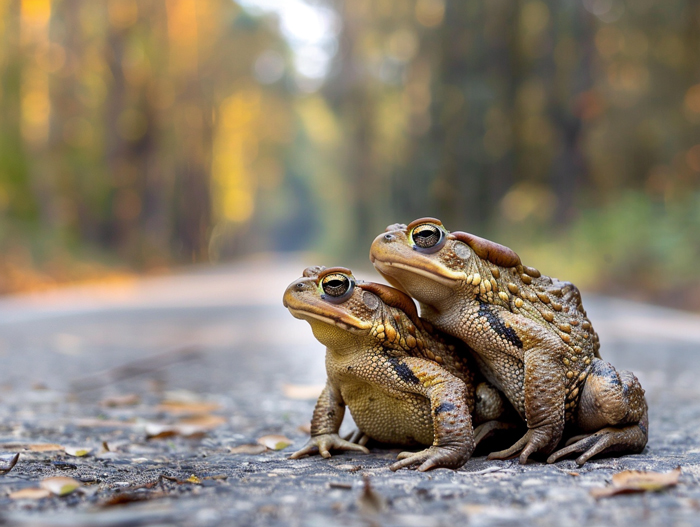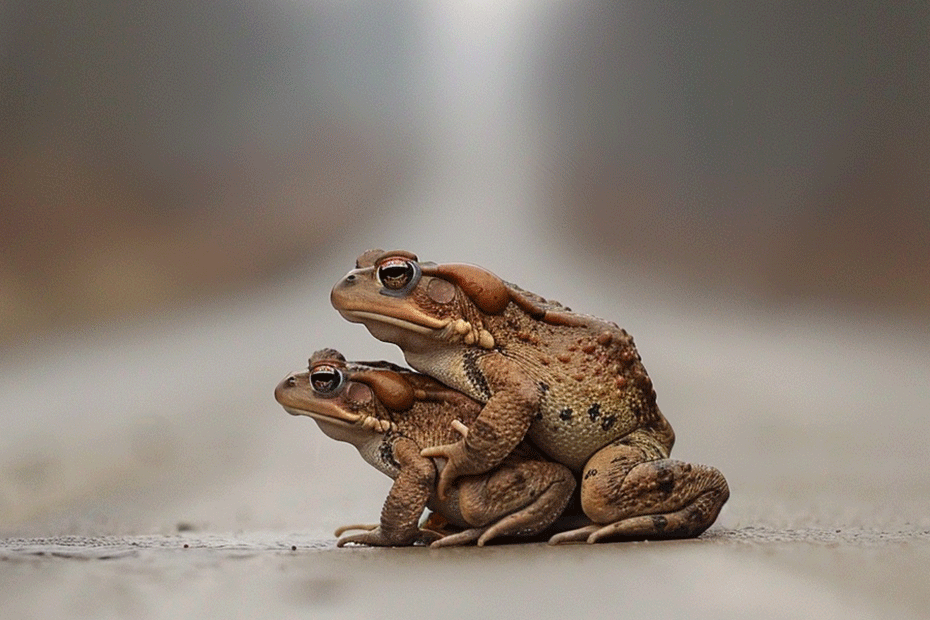Curious about how toads mate? It’s a fascinating process that involves unique behaviors and adaptations. Understanding the mating rituals of toads can offer insights into their reproductive strategies and evolutionary biology. Let’s jump into the world of toad courtship and reproduction.
Toads have developed specialized techniques for mating that ensure successful reproduction. From vocalizations to intricate dances, these amphibians have evolved various methods to attract mates and ensure genetic diversity within their populations. By exploring the intricacies of toad mating behaviors, we can gain a deeper appreciation for the wonders of nature and the diversity of life on our planet.
Join us on a journey into the hidden world of toad courtship. Discover the secrets behind their mating rituals and learn how these fascinating creatures have adapted to ensure the survival of their species. Get ready to explore the captivating world of toad reproduction like never before.
Key Takeaways
- Toads have unique mating rituals such as amplexus, egg fertilization, and male calls to attract females.
- Understanding the anatomy of male and female toads sheds light on their reproductive process, including specialized structures like the “nuptial pad” and ovaries.
- Toads undergo migration and rely on vocalizations to attract mates, with amplexus being a crucial phase in their reproductive process.
- The reproductive success of toads involves fertilization, egg development, growth phases from tadpoles to juvenile toads, and metamorphosis.
- Environmental factors like habitat loss and climate change can significantly impact toad mating behaviors and overall reproductive success.
Understanding Toads Mate

Introduction to Toad Mating Behavior
Toads have fascinating mating rituals that vary amongst species. Here’s an overview:
- Amplexus: Mating begins with the male toad grasping the female in a posture known as amplexus.
- Egg Fertilization: Once in amplexus, the female releases eggs, and the male fertilizes them externally.
- Call of Males: Male toads often produce distinct calls to attract females during the breeding season.
Anatomy of Male and Female Toads
Understanding the anatomy of male and female toads sheds light on their reproductive process:
- Male Toads: Have specialized structures like the “nuptial pad” on their thumbs to grip the female during amplexus.
- Female Toads: Possess ovaries that produce eggs, which the male fertilizes externally during mating.
Toad Mating Rituals

Migration for Mating
Toads undergo migration to reach their breeding grounds. This journey can span various terrains, from forests to wetlands, as they seek the ideal environment for reproduction.
Vocalizations and Communication
Toads rely on vocalizations to attract mates. Males produce distinct calls that signal their presence and vigor to potential partners. These calls play a crucial role in communicating readiness to mate.
Amplexus: The Mating Position
During amplexus, the male toad grasps the female from behind in a secure embrace. This position allows for successful fertilization of the eggs laid by the female. Amplexus is a crucial phase in the toads’ reproductive process.
Reproductive Success of Toads
To ensure reproductive success, toads undergo a fascinating process of mating. Let’s jump into key aspects of their reproductive cycle.

Fertilization and Egg Development
- Fertilization: Occurs externally as the female releases eggs and the male fertilizes them with his sperm.
- Egg Development: Following fertilization, the eggs develop into embryos within protective jelly coatings.
- Hatchlings: Young toads emerge from the eggs as tadpoles, beginning their journey towards adulthood.
- Growth Phases: Tadpoles gradually develop limbs and absorb their tails as they transform into juvenile toads.
- Metamorphosis: This process involves significant changes in body structure to adapt from aquatic to terrestrial life.
- Survival Instincts: Juvenile toads venture into the world, equipped with the skills needed for independent living.
Explore the intricate stages of toad reproduction to gain a deeper understanding of these fascinating creatures.
Environmental Factors Affecting Toad Mating

Impact of Habitat Loss
When toads experience habitat loss, their mating routines are disrupted. Here’s what you need to know:
- Loss of natural habitats can lead to a decrease in suitable breeding grounds for toads.
- Fragmentation of habitats may separate toad populations, impacting their ability to find mates.
- Human activities, such as deforestation and urban development, contribute to habitat loss for toads.
Climate Change and Mating Patterns
Climate change affects toad mating behaviors in various ways:
- Shifts in temperature can alter breeding seasons for toads.
- Changes in precipitation patterns may impact the availability of breeding sites.
- Extreme weather events can disrupt mating activities and egg development in toad populations.
Explore how these environmental factors influence the mating habits of toads and their overall reproductive success.
Conclusion
Understanding the intricate relationship between environmental factors and toad mating behaviors is crucial. Habitat loss and climate change play significant roles in disrupting toad mating routines, impacting their reproductive success. By recognizing these challenges, we can work towards conservation efforts to preserve suitable breeding grounds and mitigate the effects of human activities on toad populations. Awareness and proactive measures are key in ensuring the continued survival and well-being of these fascinating amphibians.

Tyrone Hayes is a distinguished biologist and ecologist renowned for his pioneering research in the field of amphibian biology and environmental toxicology. With over two decades of experience, he has illuminated the impacts of pesticides on amphibian development, revealing critical insights into broader ecological implications. Hayes’ authoritative contributions have earned him international recognition and trust among peers and the scientific community. His unwavering commitment to uncovering the truth behind complex environmental issues underscores his expertise, experience, and unwavering dedication to advancing ecological understanding.
